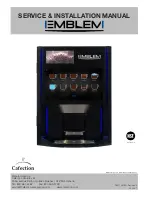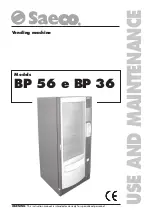Summary of Contents for Designer SE
Page 1: ... fl fli U C C ...
Page 2: ... a S t a a S S S S S S S S S S k4 4t1 a a a ...
Page 3: ... a e If t i C 1 I I I 14 kc IL t L ja a 4 S 4 it iM ...
Page 16: ... ...
Page 20: ...N ...
Page 25: ..._ 2 4 L L i C 4 ...
Page 28: ... ...
Page 39: ...H f h K flu mui ...
Page 40: ......







































